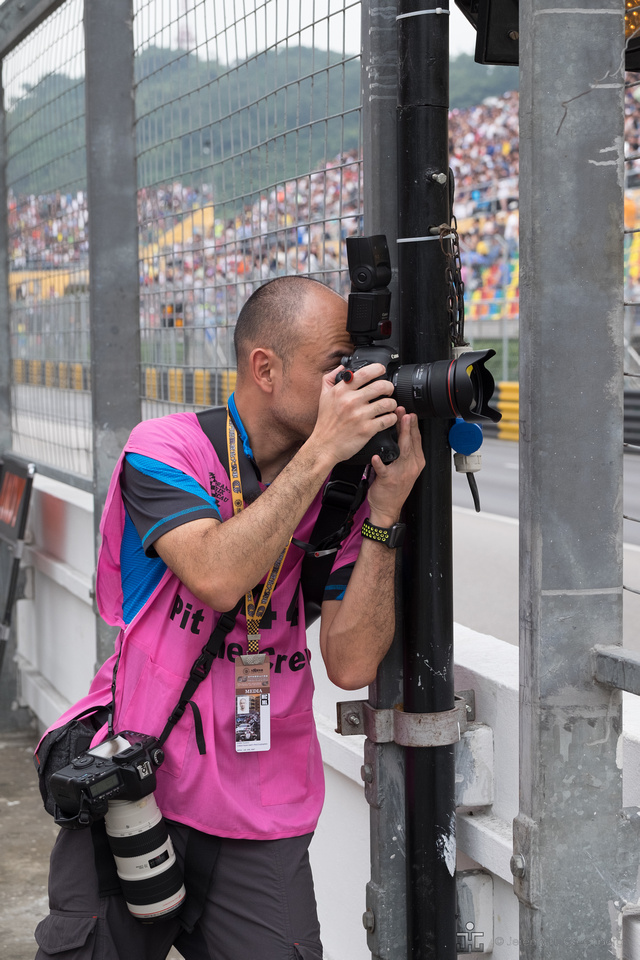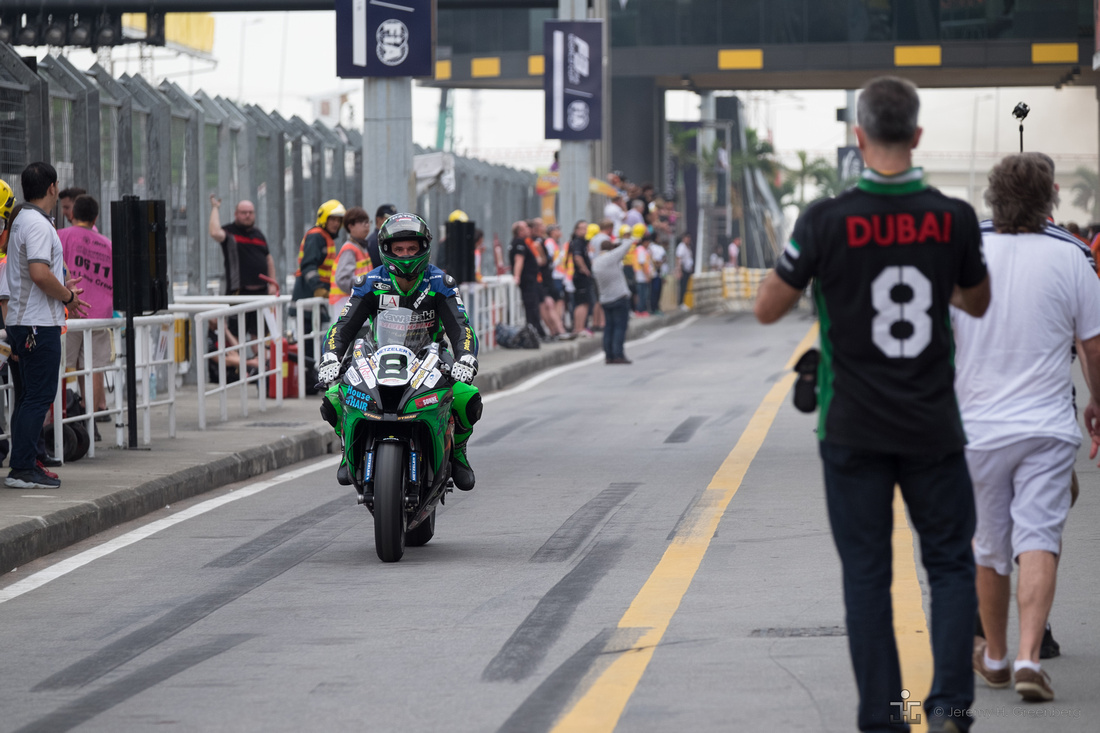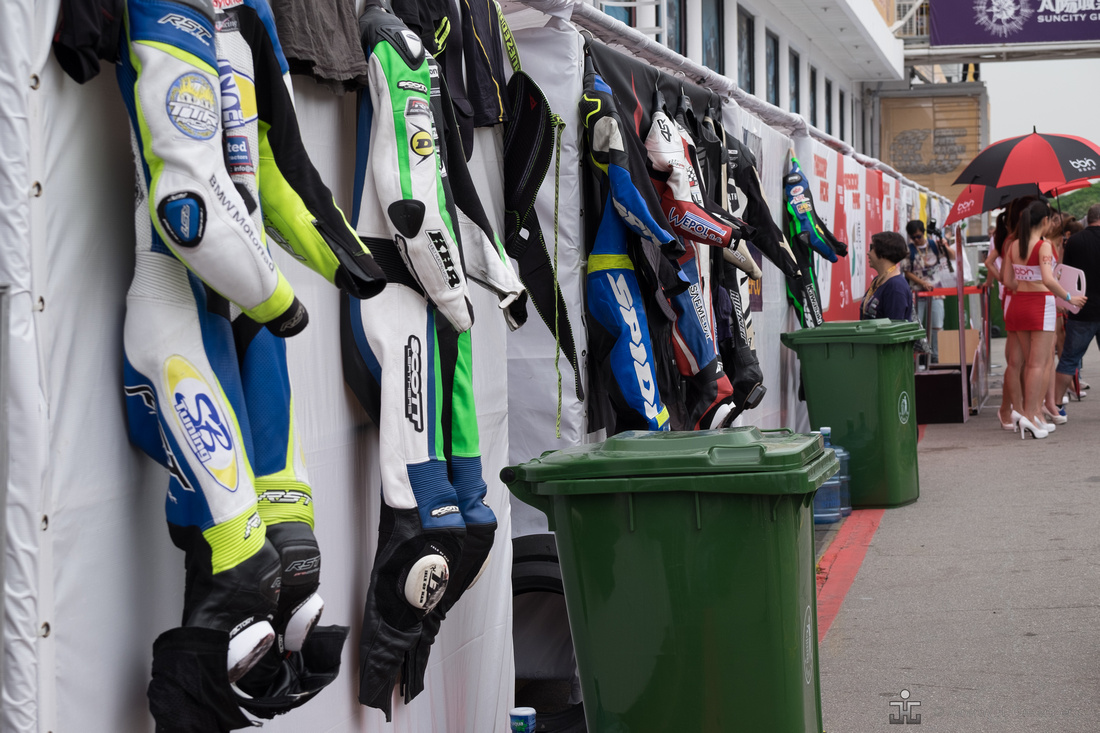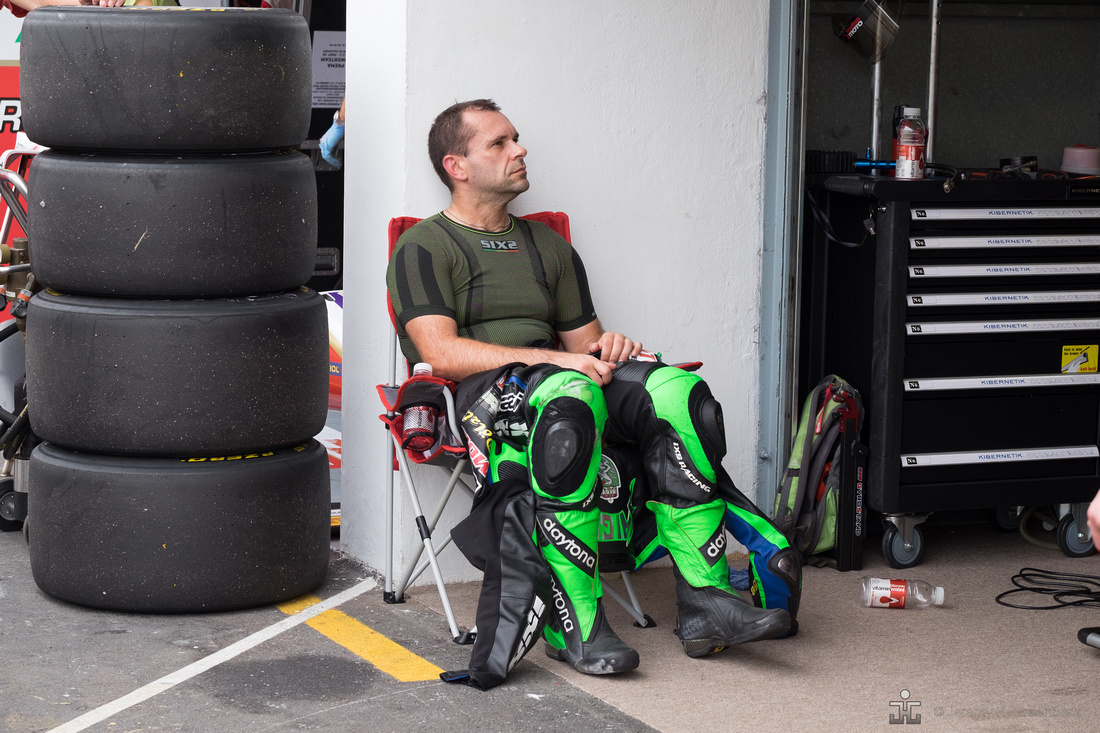Blog #44 Juxtaposition & Humour in Photography
Blog #44 Juxtaposition & Humour in photography
Happy New Year! Welcome back to my blog.
I’m starting off this new year with a blog post to discuss the topic of juxtaposition and humour in photography. Of course these are mutually exclusive events and are not necessarily related but I tend to consider these elements within an image as going well together like chocolate and peanut butter or as Forrest Gump might suggest, peas and carrots.
On the topic of making good images that work, the subject is the most important ingredient. For my piece on subjects that was published on Casual Photophile’s website, click here. Juxtaposition can be viewed either as the subject itself or as a technique that you can employ to draw attention to the subject. It can be obvious or subtle. Juxtaposition can be defined as the placement of two objects next to each other for comparison or contrast. You may include this deliberately or accidentally. Quite often, the results can be quite humorous as well.
Magnum photographer Elliott Erwitt is a master of juxtaposition and humour in his images. Below are a few of his that really stand out and illustrate the concept. Surely, most if not all of these were not planned. The use of juxtaposition in the image really makes it pop and provides a strong subject that connects with just about any viewer albeit they are made in a serendipitous manner.


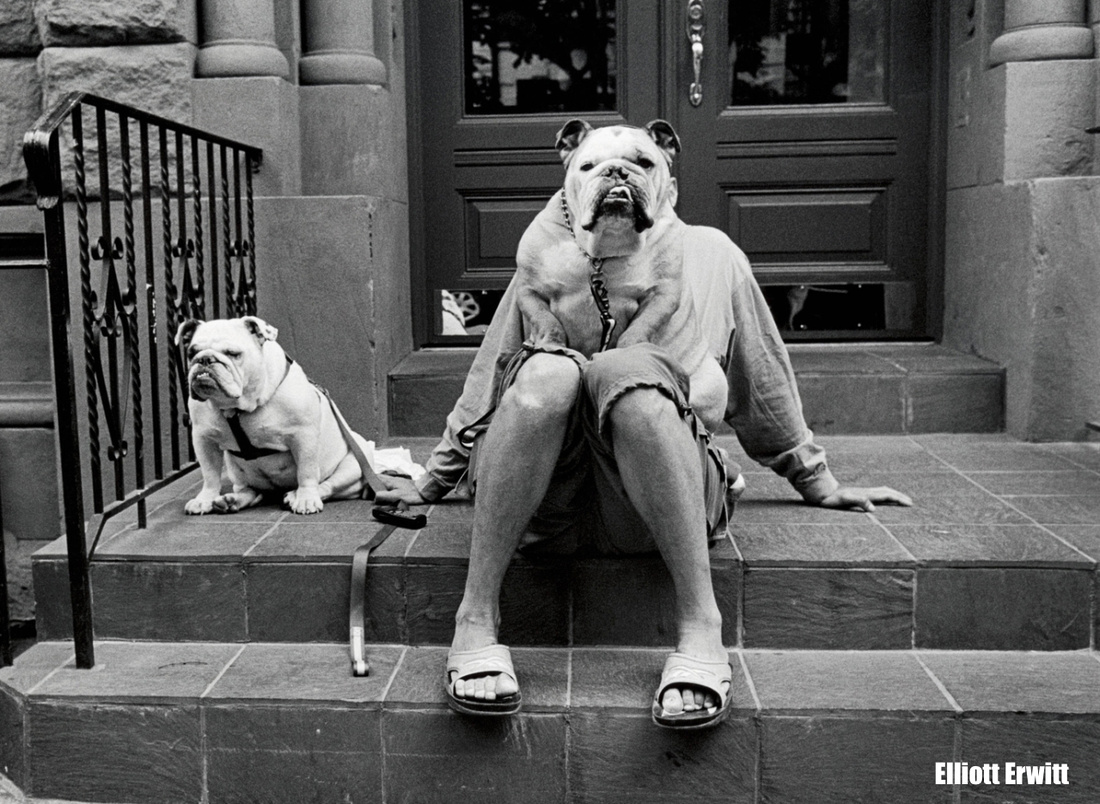

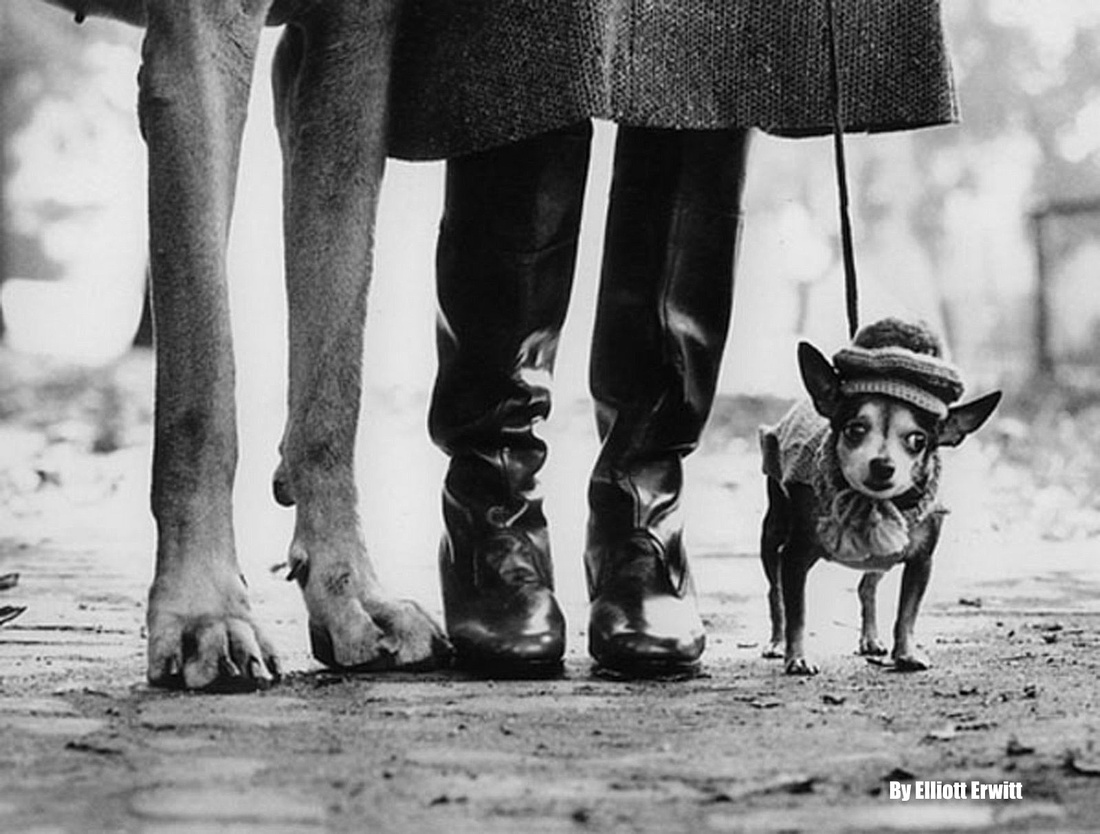
 Juxtaposition can be illustrated or accomplished by placing objects or subjects within the frame in an opposite manner that go together or compliment each other. Examples of this might include old and young, big and little, include a pattern of more than two elements, or create a dialogue between the two in some way. Subjects within an image might emulate one another as the images below exemplify. This comparison may be obvious and jump out at you or be more subtle and take a while to identify. In either case, the inclusion of two or more subjects that are obviously related in some way will usually help an image to work and connect with the viewer. The degree to which the subjects are related might be in direct proportion to how well (or unwell) the image works.
Juxtaposition can be illustrated or accomplished by placing objects or subjects within the frame in an opposite manner that go together or compliment each other. Examples of this might include old and young, big and little, include a pattern of more than two elements, or create a dialogue between the two in some way. Subjects within an image might emulate one another as the images below exemplify. This comparison may be obvious and jump out at you or be more subtle and take a while to identify. In either case, the inclusion of two or more subjects that are obviously related in some way will usually help an image to work and connect with the viewer. The degree to which the subjects are related might be in direct proportion to how well (or unwell) the image works.
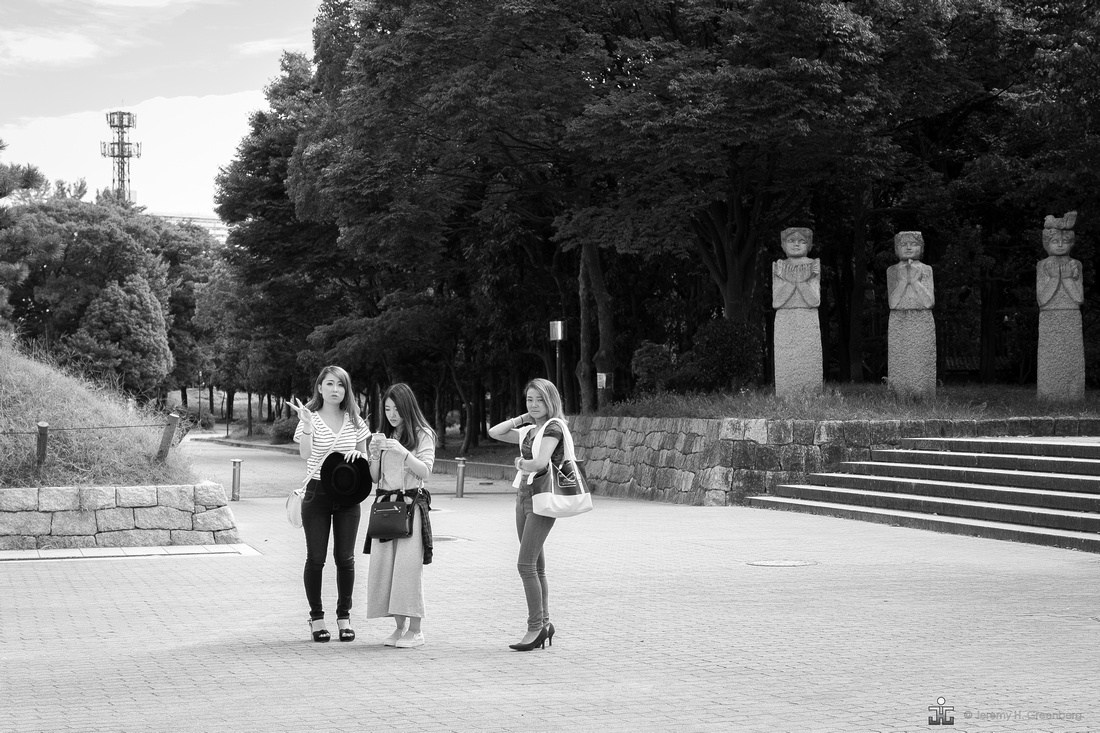

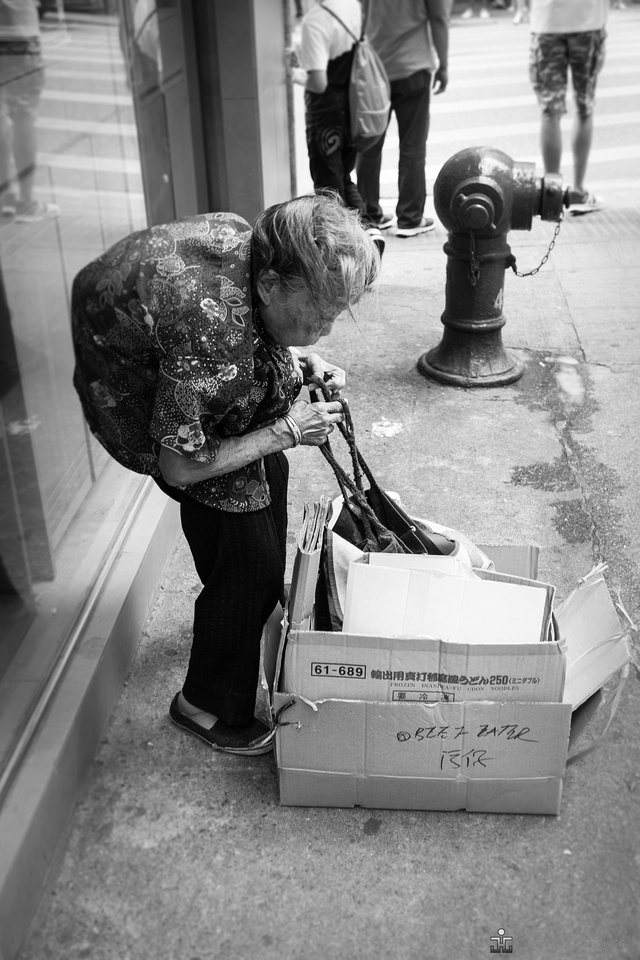

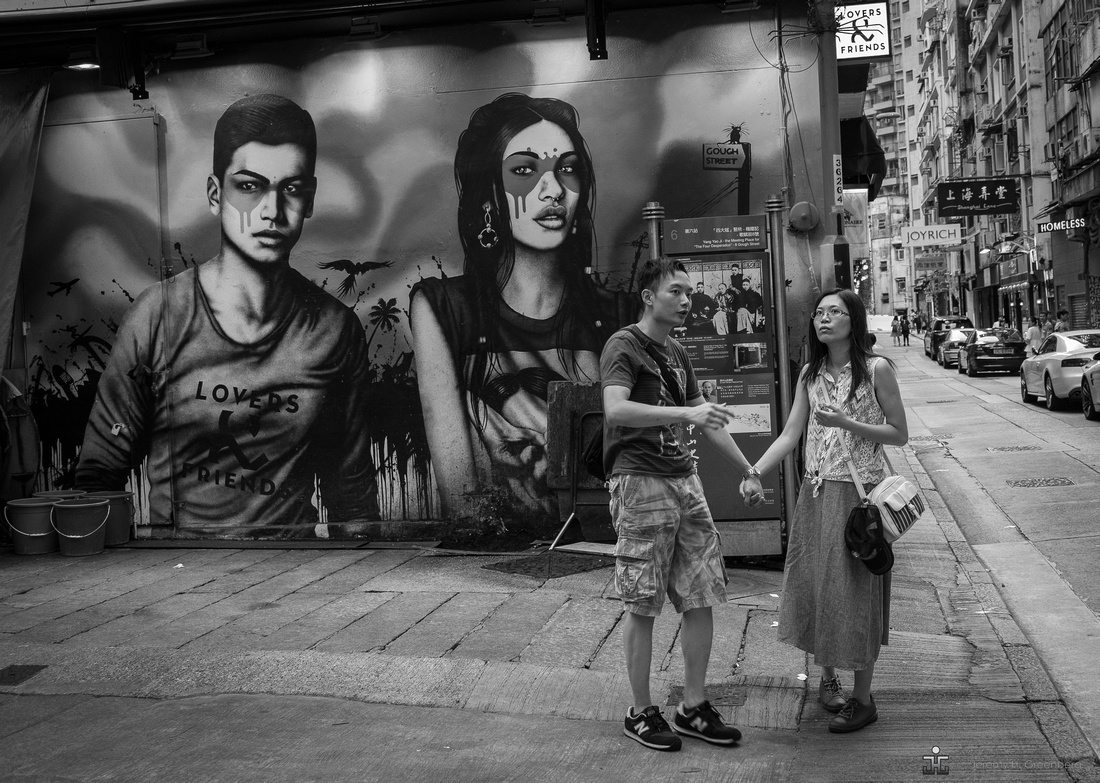

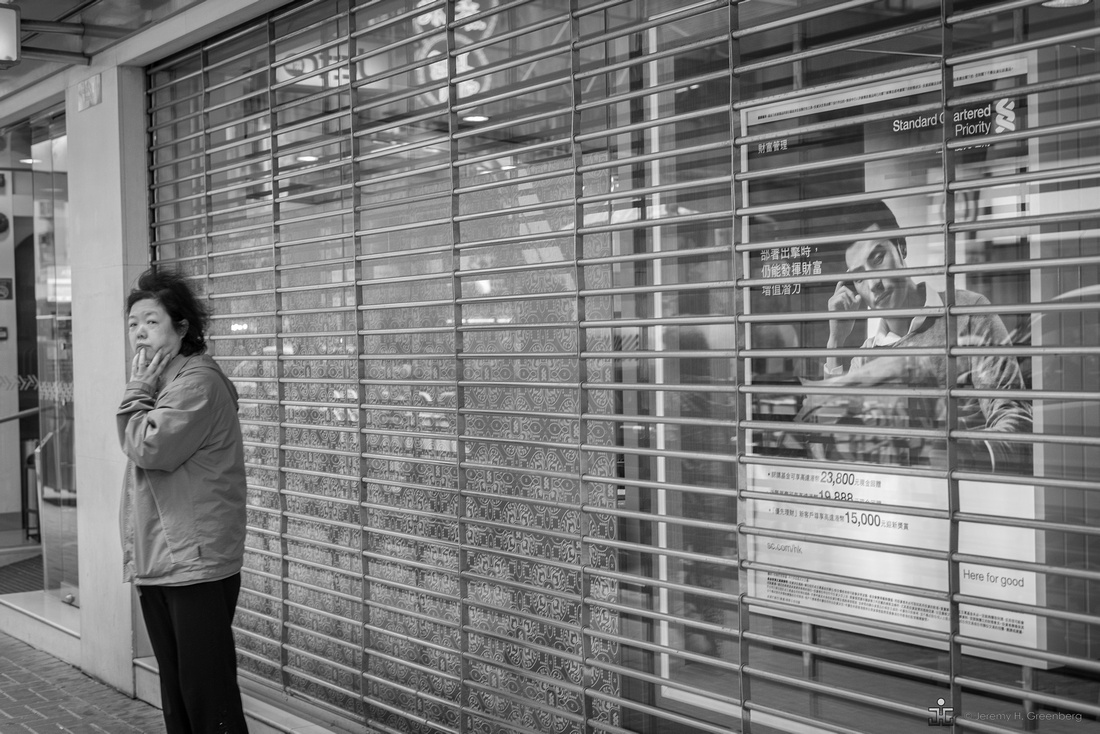

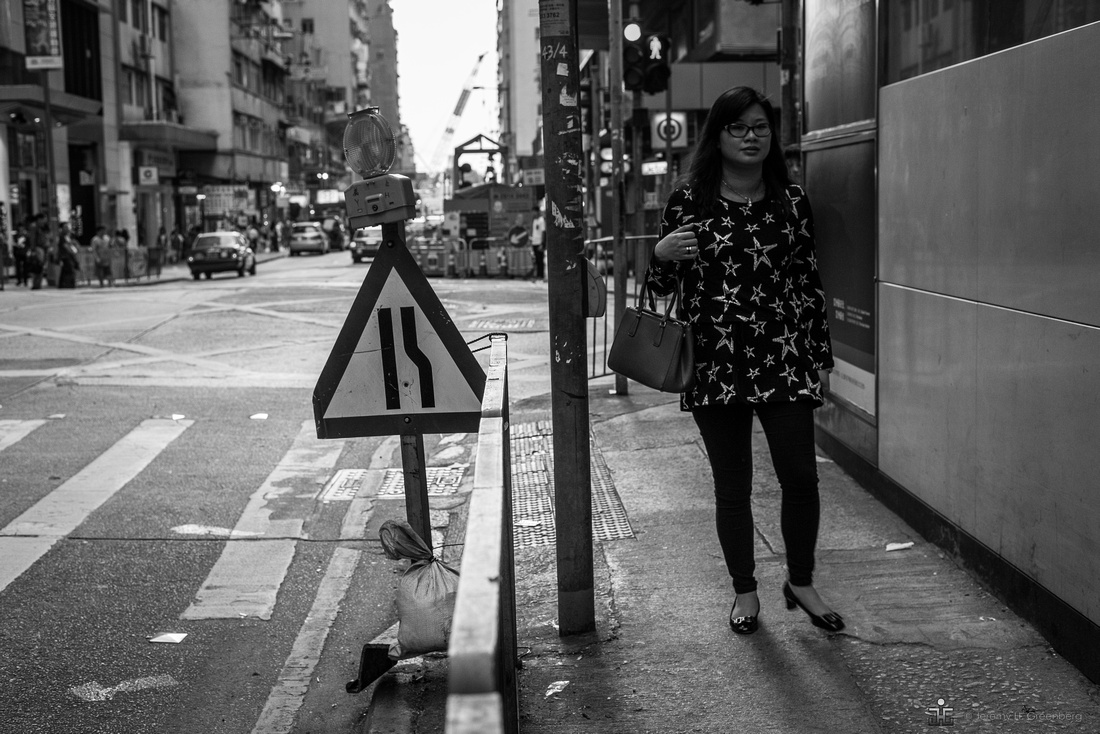

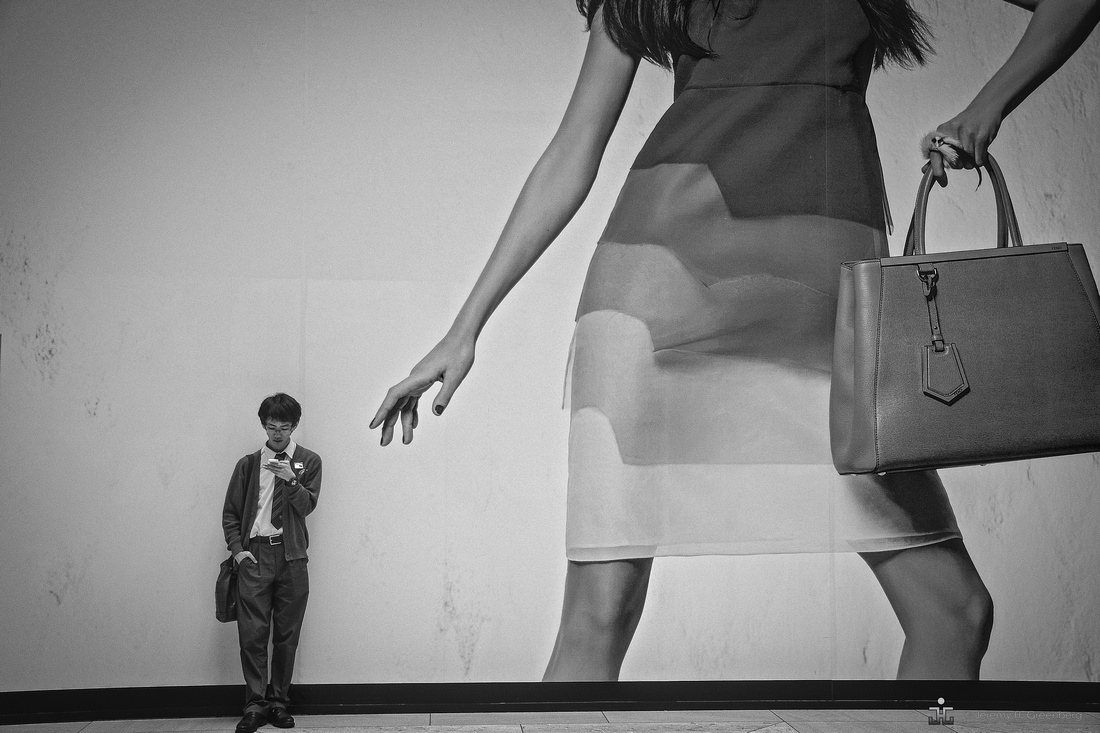

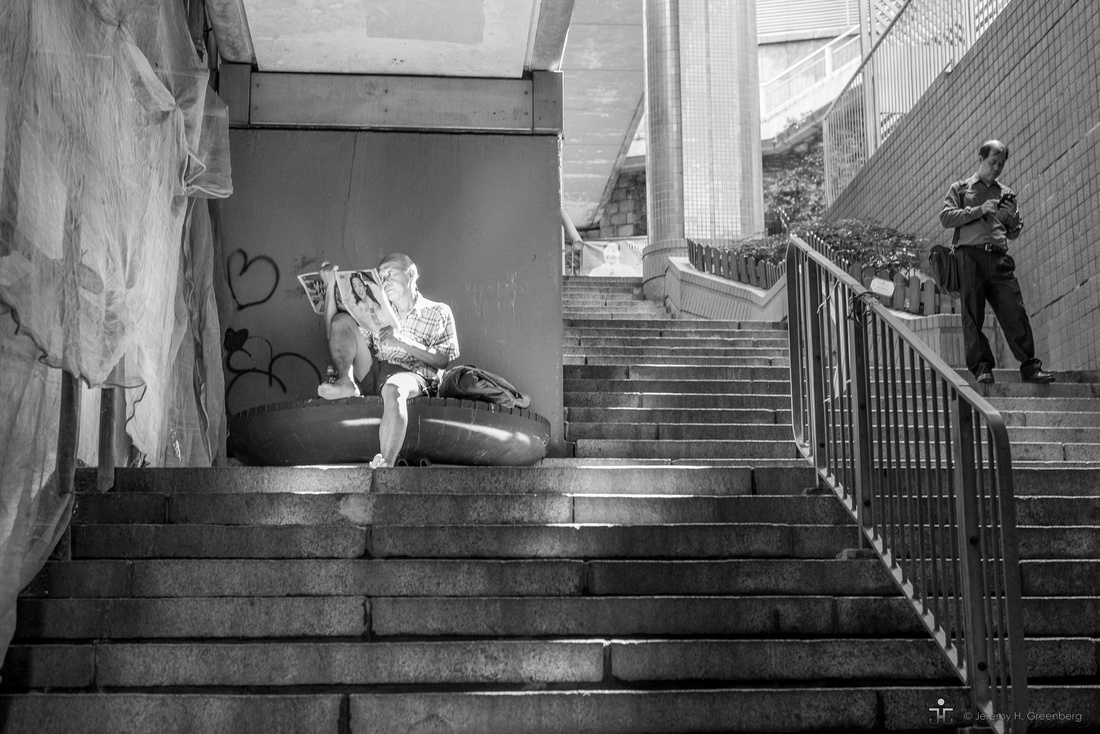

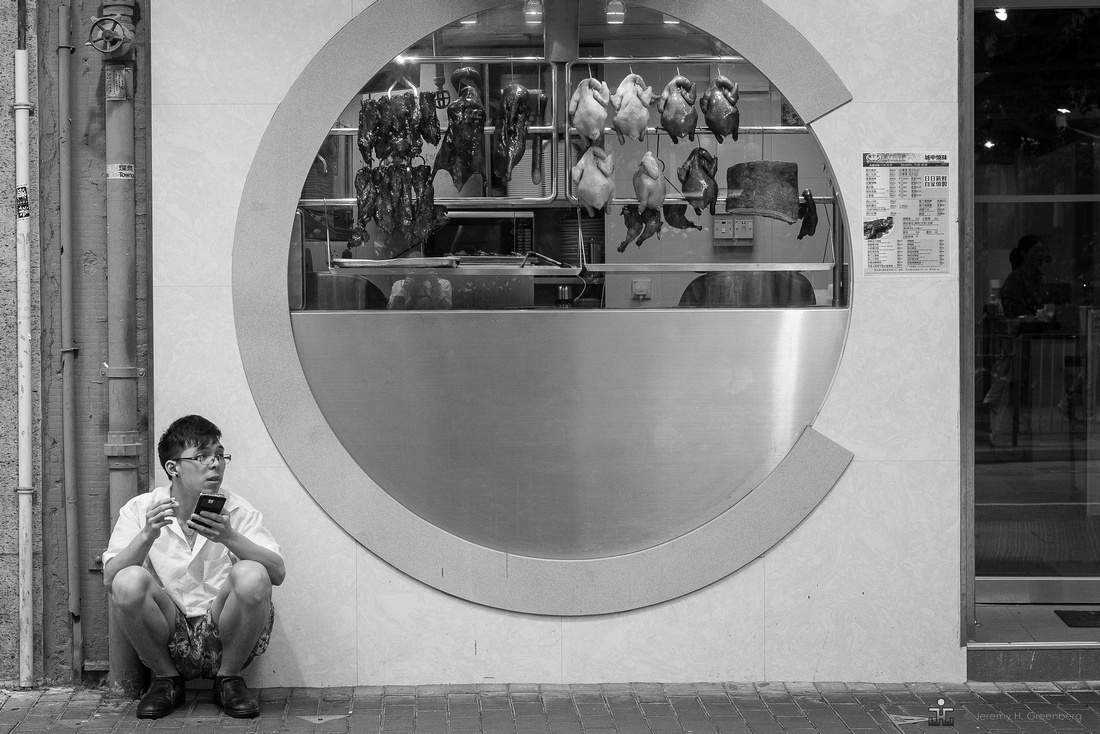

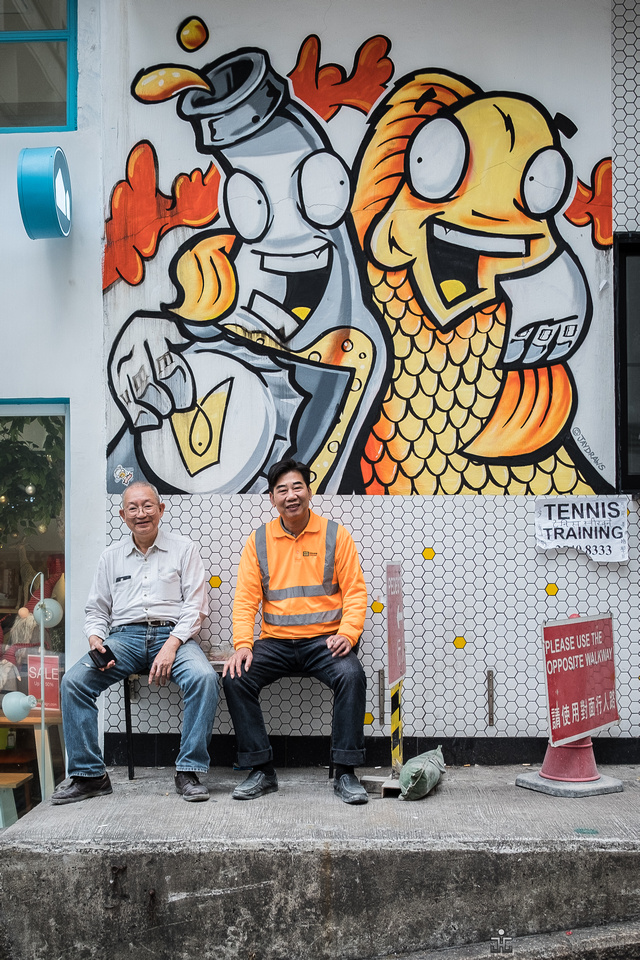

So to make images of this kinds you need essentially two parts subject and one part luck. That being said, in the famous words of Edna Mode from Pixar’s The Incredibles, “Luck favours the prepared, darling”. So slip on a comfortable pair of kicks, get outside, and make some magic.
The light is always right.
jhg
Blog #43 That Crazy Monkey
Blog #43 That Crazy Monkey
2016 was the Year of the Monkey according to the Chinese Lunar Calendar.
Monkeys can be quite unpredictable and even aggressive and I would describe the past year as nothing short of either.
It was a very busy year for me and my photography. For this week’s blog and the last one of 2016, I will highlight some of my achievements over the year.


- Way back in February to conclude the completion of my Project 365, fellow photographer and artist, Kirill and I had our first photography show. It spanned across two days and I sold one piece.
- I attended many shows over the year including the Gordon Parks Invisible Man show at the Chicago Art Institute.
- This and other activities led to the expansion of my collection of photography books for research and appreciation.
- This year marked a number of many contributions to the field and published articles across photography websites. Most of these can be viewed here.
- The Harbour School’s darkroom is up and running and I’m involved with teaching classes to students on shooting, developing, and printing images using 35mm and medium format film. This involves ongoing developing, printing, framing, and teaching work. I’m also developing film at home for convenience. It’s really fast and easy.
- Commercially, I have been quite busy as well. I’ve shot within my parameters doing: portraits, events such as the 500 Yards record release party with Metro Vocal Group, and food for Fugazi in Kennedy Town.
- I’ve drafted a few photography books that I am in the process of publishing.
- Since I carry a camera almost everyday, I shoot and share whenever possible.
- Of course I’ve been blogging away to you, my readers, and for that I am most thankful.
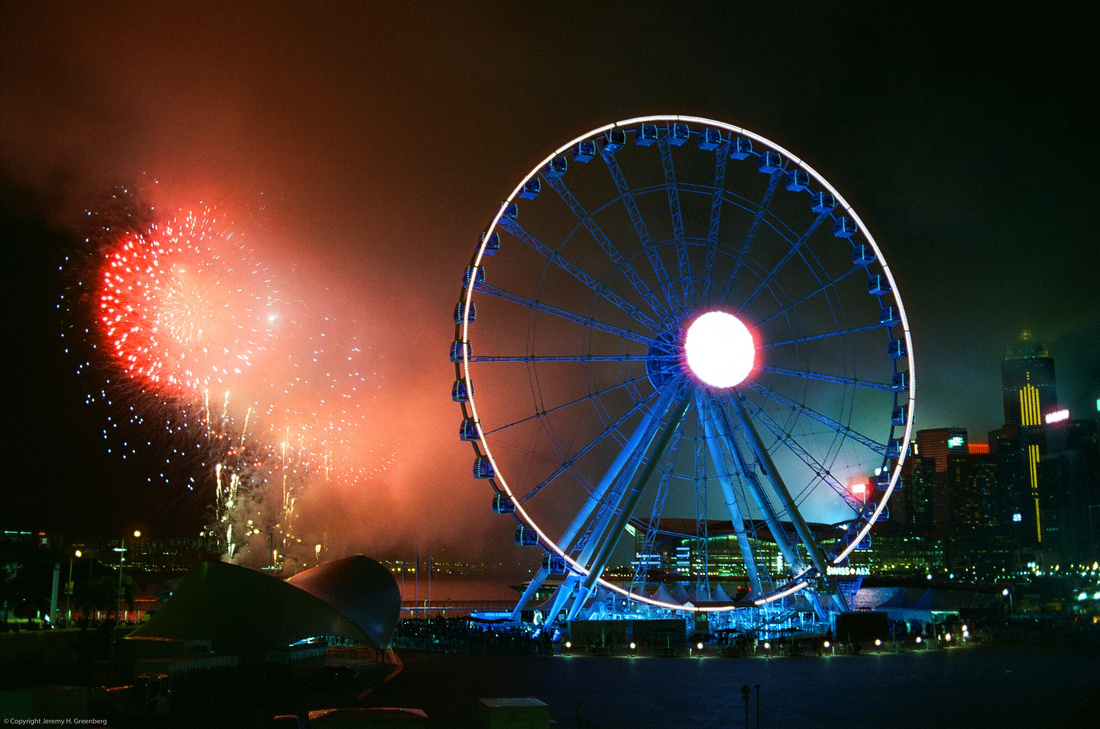


 Goals for next year include four:
Goals for next year include four:
- Learn to develop colour film using C-41 & E-6 processes
- Print and frame for home, office, and sales
- Continue various projects that I’ve started and keep three at a time active
- Publish book projects
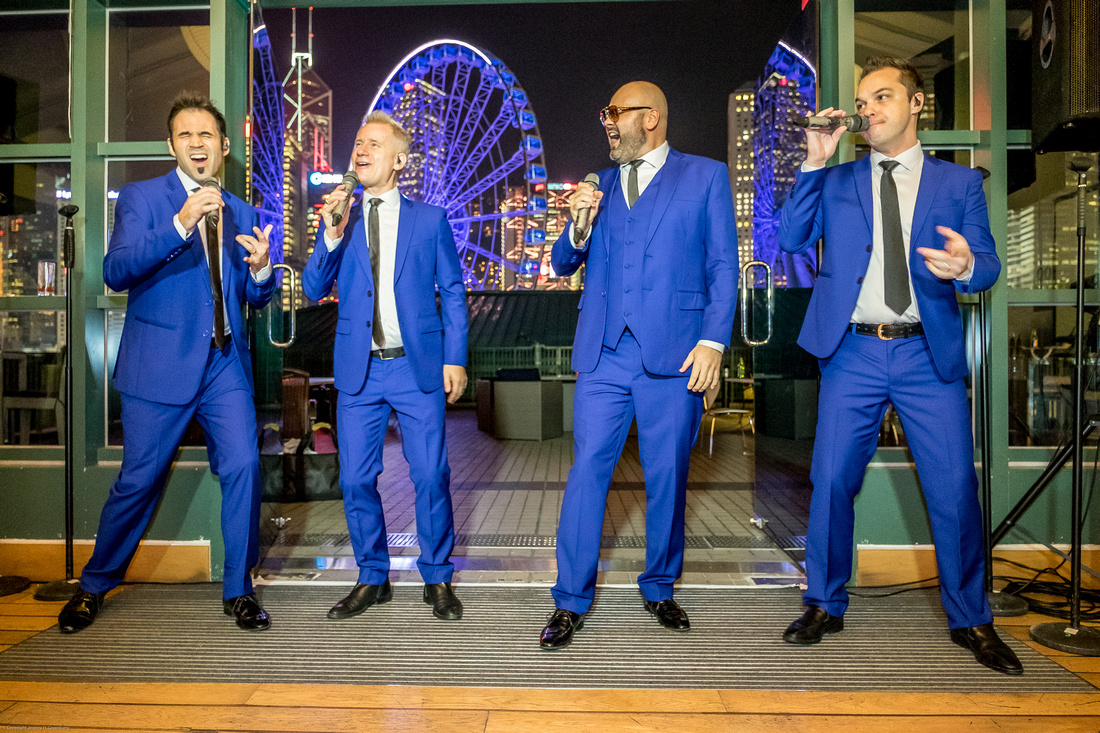

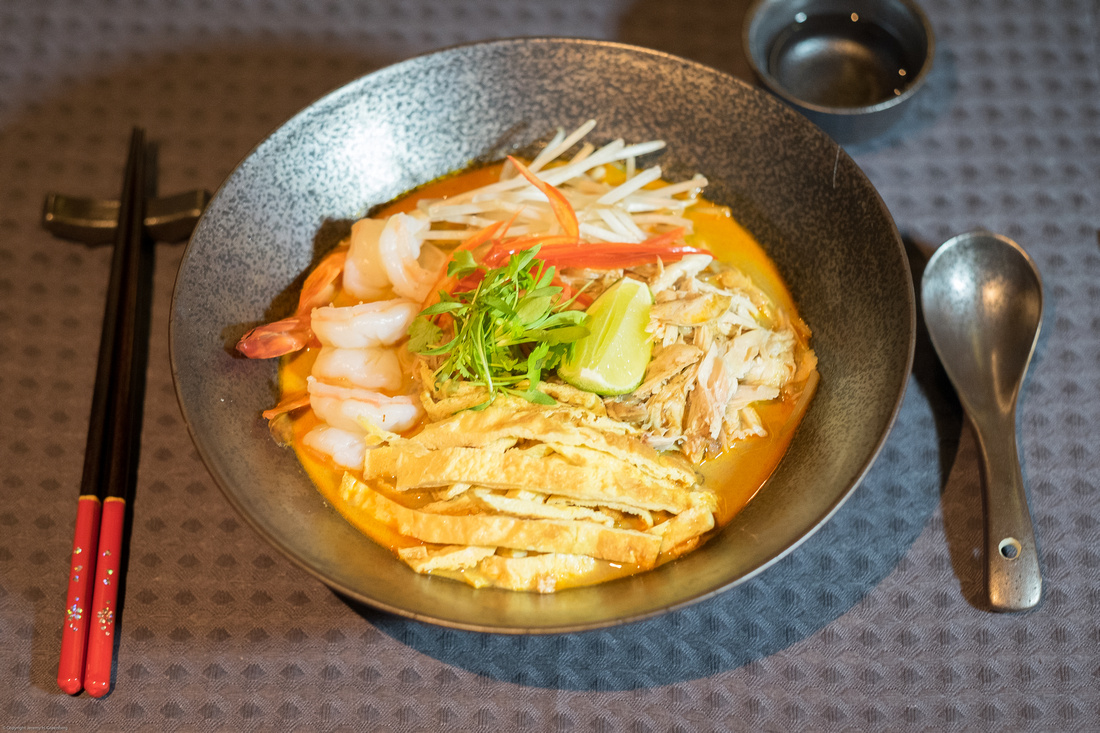

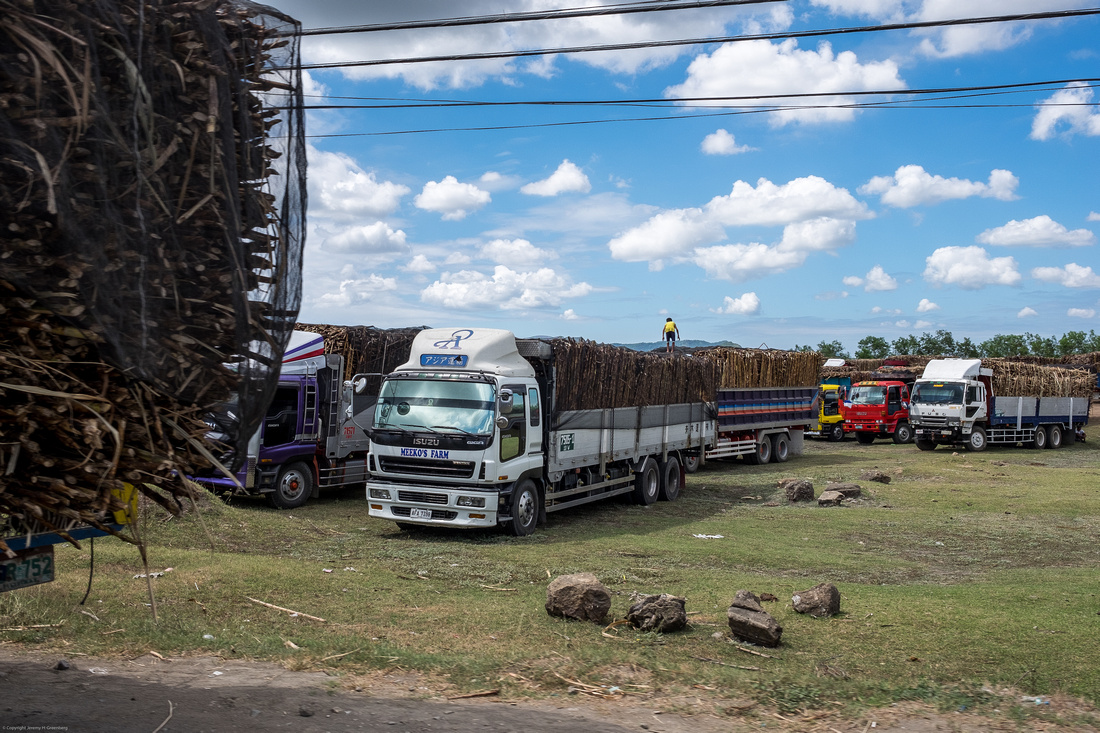



Here’s to another year of making images, making friends, and making a difference.
The light is always right.
jhg
Blog #42 It's All in the Details
Blog #42 It’s All in the Details.
Images can be presented in many ways. We are all familiar with common ways that images are displayed. Paper prints such as in books or frames on the wall, projection onto a screen, and LCD screens such as a laptops or smartphones are the most common for viewing images. Detail in an image is an important and controversial topic. Film and digital photography differ in their approach to detail within the image. This week’s blog piece will address the concept of detail in the two dimensional image, albeit in a brief manner with an emphasis on the final printed image. The proverbial devil is in the details.
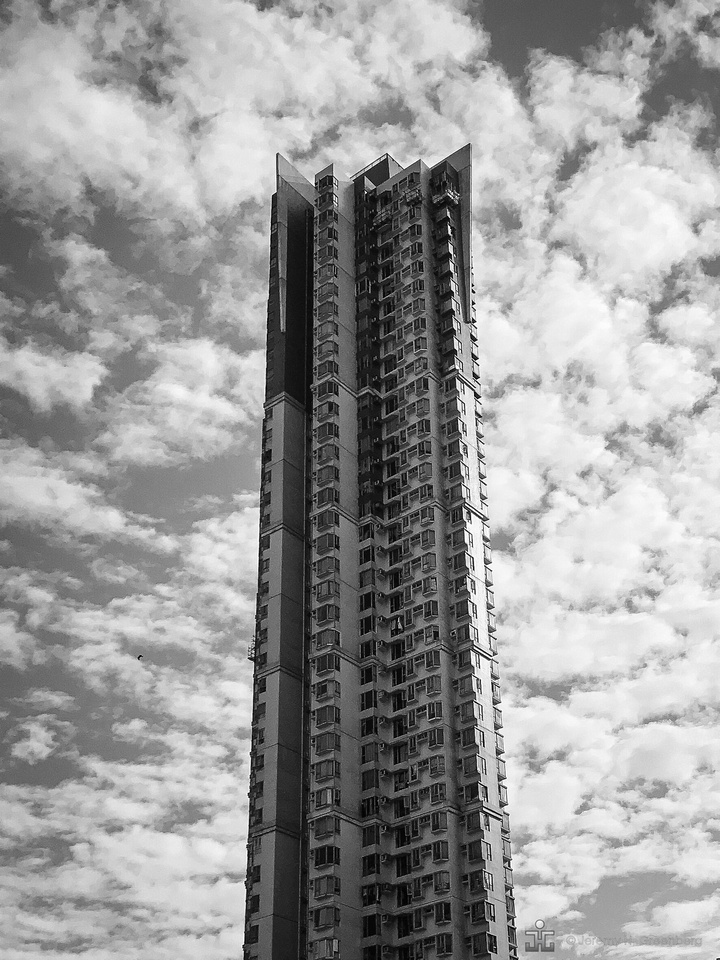

In the last decade or so, and especially the last few years, film photography, digital, and even smartphones have come to produce similarly good quality images. There are no bad cameras anymore. When viewed on a 13” screen (laptop) or 4.5” screen (smartphone) there is no discernible difference detectable in the image quality of just about any image taken by any camera. Our eyes can only see up to about 300dpi and detect differences in images up to about 600 dpi only so anything more than is sort of overkill. There are serious professional forums and online discussions about this topic for the scientifically inclined reader.
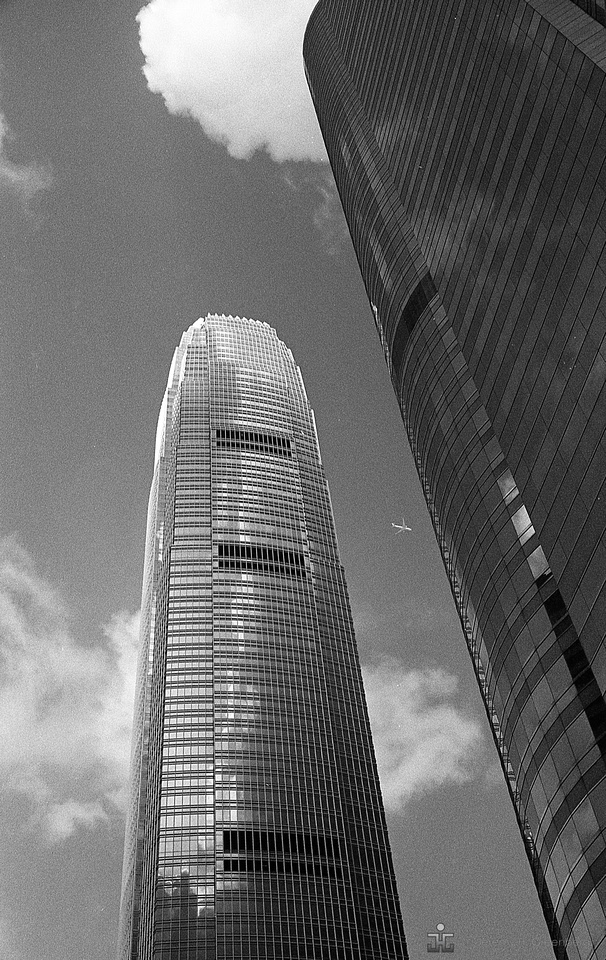

Let’s start with film. Film photography under went many changes in it’s humble beginnings. Paper and chemistry were crude and the task of fixing light onto a surface was a messy process at best. After some trial and error and many decades, photography made some significant advancements. Chemistry and paper had come a long way and in the early 20th century, images started to look very good and retain archival quality. Many printed images have survived 100 years or more without fading much or completely disintegrating.
There are many different sized negatives: 35mm, medium format, 4x5 (inches), large format which is around 8x10 and others. In general, the common and widely available 35mm size can make acceptable prints in the 8x10 size to the 11x14 size. It is possible to make acceptable prints from a 35mm negative that are 16x20 in size but there could be some image degradation. The details and quality of an image is a combination of many variables. The camera, lens, lighting, film, and developing, are all variables that effect the final quality of the negative. For images 16x20 and larger, you would be wise to use a medium format negative or larger to be on the safe side. Of course the final print size is determined by the intended size of the print as determined by the artist, the quality of the image (negative) and the photographer’s tolerance of the grain in the given image. Medium format film is almost three images larger than 35mm. See the illustration for six comparison below.
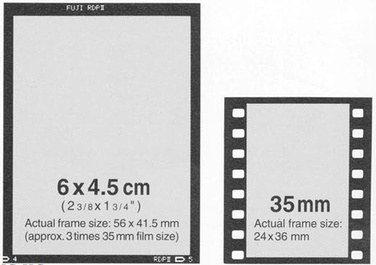



Grain or resolution (expressed in units called dots per inch or pixels per inch) as well as the distance at which an image is viewed are significant factors in the overall success of how the image is displayed and presented. A general rule of thumb is as follows. The viewing distance should be around twice the diagonal of the image. For example let’s say that we have a print that is 8x10. That’s rectangle vertical or horizontal. There is a diagonal line that can be drawn to make two triangles within the rectangle. This is the measurement that we are interested in.
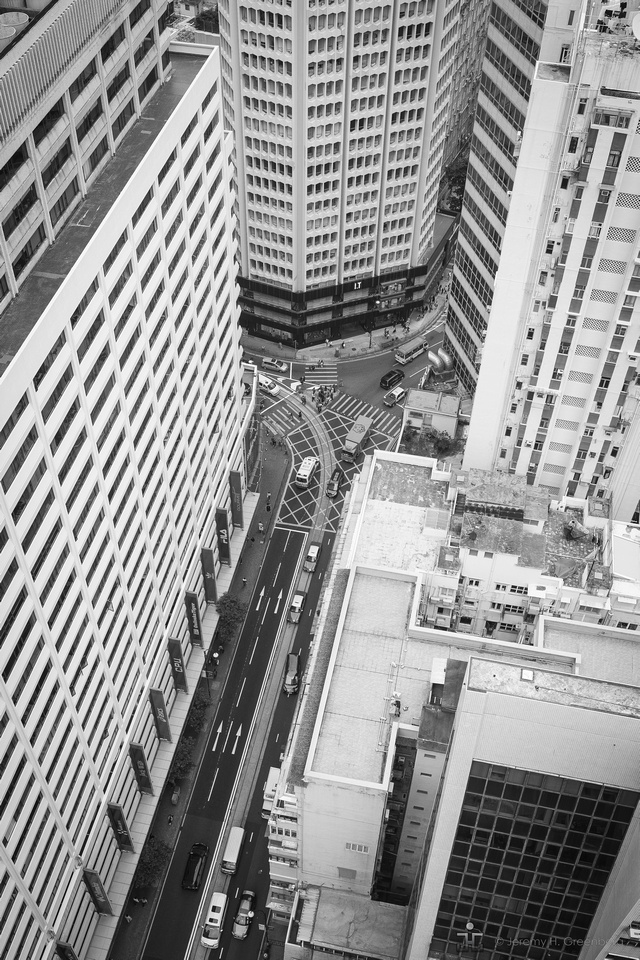

This formula will apply to the image rather than the paper size. Many images are printed with a matte around it or a border, ignore that for the purposes of this point. The hypotenuse “c” of this picture is the square root of a squared times b squared since the length of the two sides, a and b, is known. Sound familiar? That’s because you learned this in primary school and it’s known as the Pythagorean Theorem. Thanks Pythagorus! Now, just multiply the result by two and you have the proper viewing distance for your image. This formula will work for proportionally larger images.
If viewed closer than this “Goldie Locks” viewing range for optimal quality, the image may become blurry or deteriorate. Chuck Close is a brilliant artist and painter who more or less illustrates this concept through painting large portraits using a pixel-style in his work that, when viewed as a far enough distance, you can see the person but up close, his work just looks like a bunch of coloured squares.
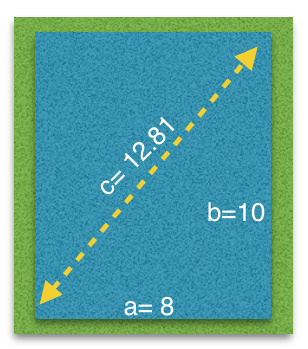

Figure 1. An 8” x 10” image (without matte or borders) has a diagonal (hypotenuse) of 12.81”. Multiply 12.81 x 2 to get 25.62” or the proper viewing distance of this photograph. Viewed closer, and the grain or resolution (quality) of the image may start to deteriorate and degrade. Quality might be lost with this viewing range.
With regard to digital files, in general the more megapixels the larger size the image can be printed without loosing image quality. RAW images contain all of the information captured by the sensor and can are therefore more malleable in post-processing. JPEG images are compressed and tend to be less forgiving when post-processing adjustments are applied. TIFF files can be manipulated from RAW files and are uncompressed. Use TIFF files when enlarging prints for maximum detail retention.
The images shown come from four different sources. One is from an iPhone 7+, 35mm film, 120 medium format film, and one digital JPEG from a Fujifilm X-T1 16mp mirrorless camera. Without looking at the labels. can you guess which is which? They will be displayed at the end of the blog post with labels for identification purposes. You can try prints of different sizes to experiment with optimum viewing options for your printed images.


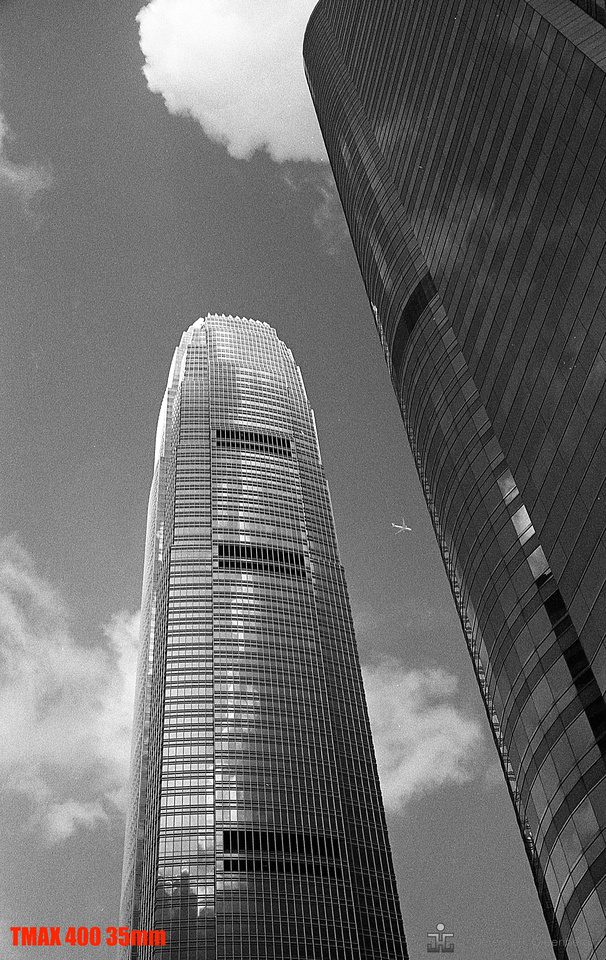

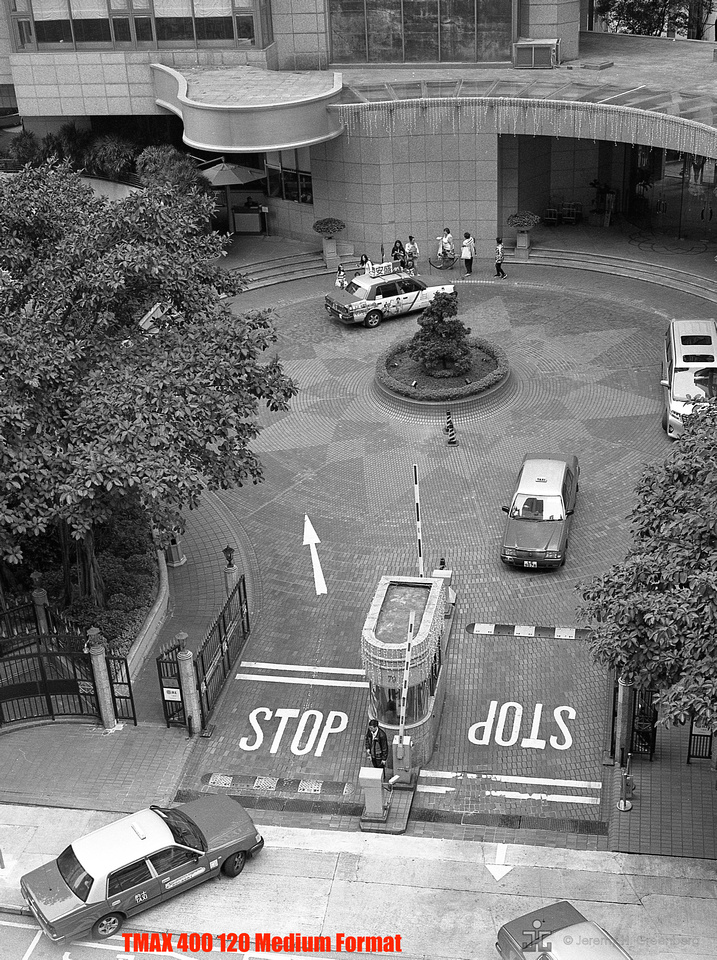



“A photograph doesn’t exist until it is printed”, according to Constantine Manos. Indeed, a printed image is a real thing whereas an image on a screen will fade as with the day and become lost in the sea as sands on the beach.
The light is always right.
jhg
Blog #41 The Top 10 Reasons That I Love Hong Kong
Blog #41 The Top 10 Reasons That I Love Hong Kong
For this week’s Blog, I will share my passion for living in Asia’s World City, Hong Kong. When an expatriate stays in the region and works, continuously, for seven years, they are entitled to Permanent Resident status. After the application process, if accepted, you are given a new Identification Card that reads Right to Abode on the back. Last month marked the seventh year of my residence in this fair city. I’m a PR (permanent resident). Hong Kong is my home. Therefore, I find it fitting to share my top 10 list through images of what makes this city so awesome, in my view.
10. Food and Custom Clothes
The quality and diversity of food here is just amazing. Even the most experienced foodie will have an endless playground for the pallet. We have Michelin star rated restaurants galore. The Cantonese style Dim Sum is delicate and flavourful, fruits like dragon fruit (pictured) are sweet and juicy, and the variety keeps us coming back for more. Eating out is the norm since flats and kitchens are tiny and not very conducive for cooking meals, especially for single or small households. Custom clothing can be had at a bargain as well. At roughly $300 Hong Kong Dollars ($38 US) per custom made oxford shirts, you can feel like a king and be comfortable all day long in the office. This is another one of Hong Kong’s little treasures that makes it such a unique city.








9. Service
HongKongers in general are excellent workers. Service is usually fast and efficient. Delivery drivers will call you religiously an hour before delivery to ensure that someone is home to receive your package. The mail system is fast as well. Logistics is a huge industry here and Hong Kong port is one of the biggest in the world. Being so close to Shenzhen, one of China’s factory cities, it’s no wonder things move here at the speed of business.
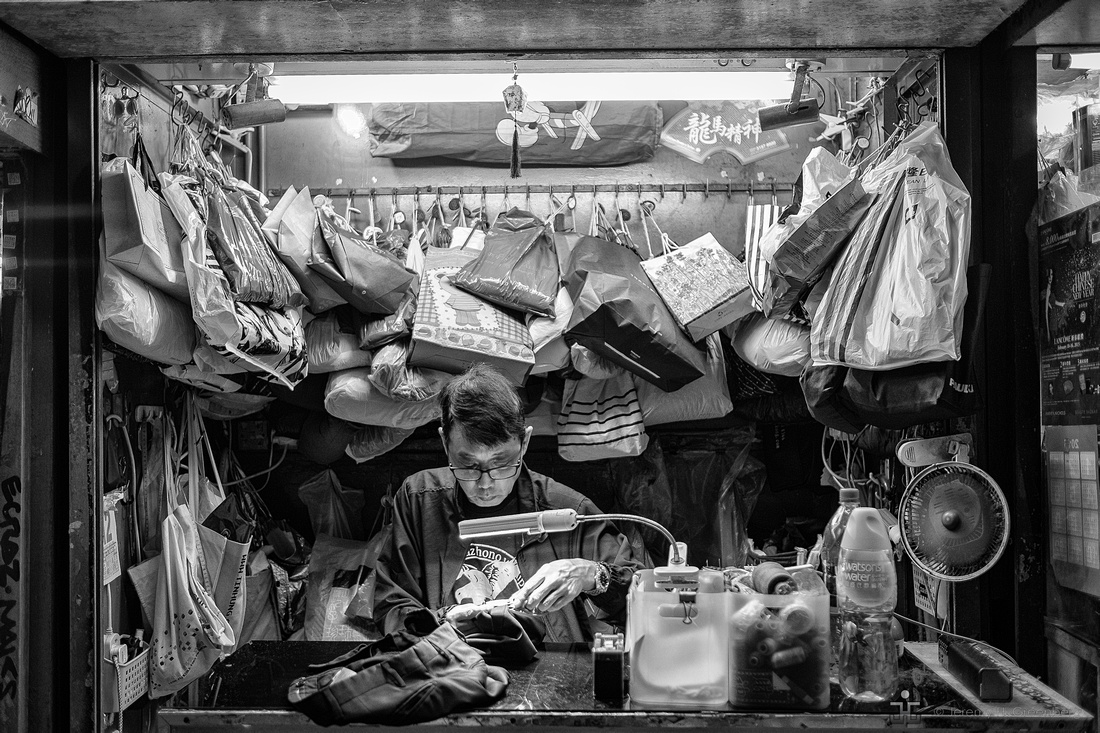
 8. Shopping
8. Shopping
Hong Kong is a mecca for cheap and good products. Hong Kong has it all from Sneaker Street in Mong Kok to Hardware stores along Canton Road that you would swear have every single nut and bolt every fabricated by man. You can wheel and deal and bargain your socks off. Clothing, food, electronics, jewellery, furniture, you name it, it’s here and waiting for you to bargain your way to material bliss.



 7. The Great Outdoors
7. The Great Outdoors
The weather in Hong Kong is generally warm. We do get quite a bit of rain and when one of the eight (on average) typhoons come close enough the the city, A “Typhoon 8” signal is hoisted and everything closes and everyone stays home. There are dozens of hiking trails and about 15 beaches in Hong Kong. The trails range from easy to super challenging but all are generally safe and have water fountains and toilets along the way for comfort and convenience. It’s amazing to live in Mid-Levels, for example whereas you can walk down the hill and in 15 minutes be amongst skyscrapers and dense urban chaos, or walk uphill and be on a country trail in the middle of the forest with no buildings anywhere in site. It’s really a place of extremes, geographically, with its mountains, islands, and ocean. The beaches are great with surfing at Big Wave Bay, and many other places to push your toes into the sand, and catch up on some rest and relaxation from the busy office and work life.
Junk boat parties are super fun and when your lucky enough to get invited to go on one, you’re really in for treat. A day on the water, sun, friends, fun, music, drinks, and a swim are all on the menu. Oh, and Ocean Park is blast as well!


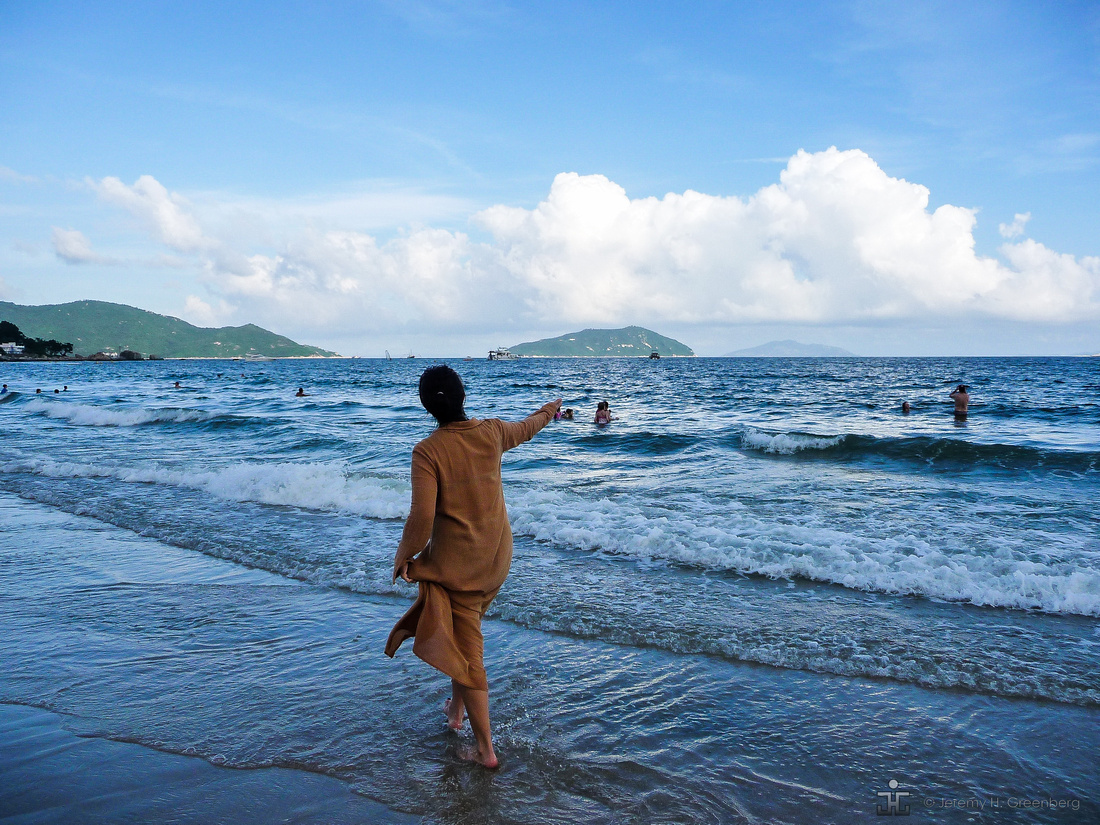



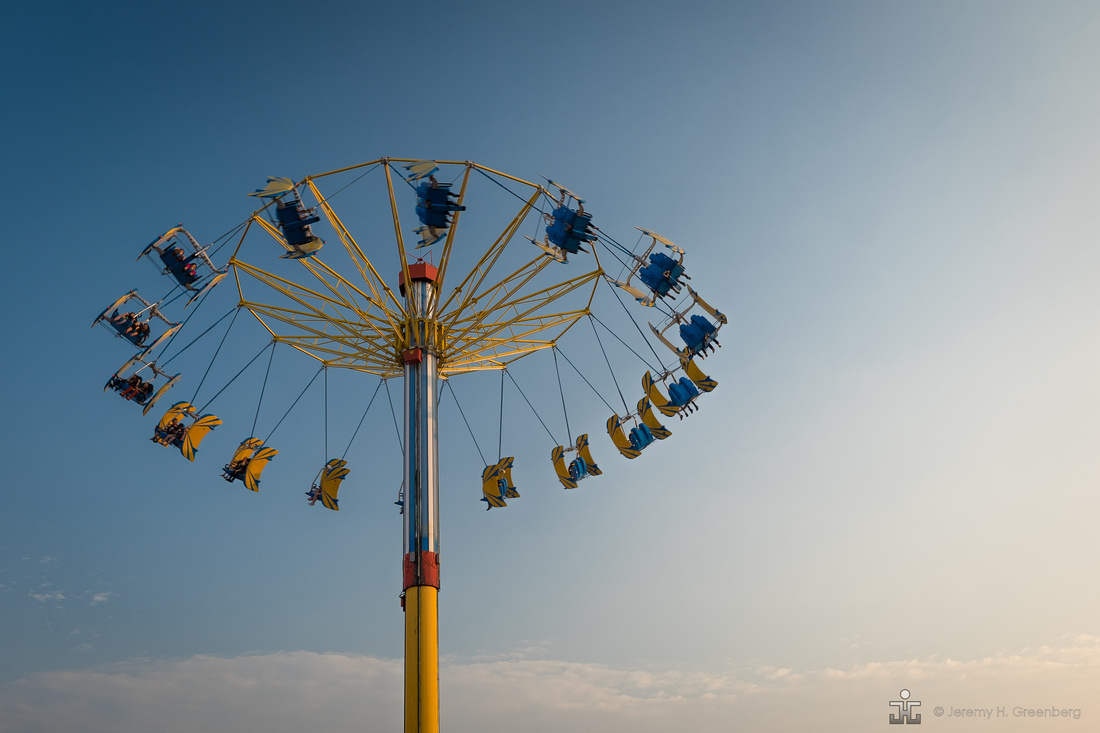
 6.Transportation and Free Motorbike Parking
6.Transportation and Free Motorbike Parking
Our fair city has arguably the best transportation system in the world. Busses, ferries, taxies, and the MTR underground train systems move the city’s 7 million inhabitants around every day in a safe, clean, efficient, and inexpensive manner. You really don’t need a car here, motorbikes are the way to go. The city boasts tons of free motorcycle street parking everywhere. For bike nuts like me, that’s really something to love!
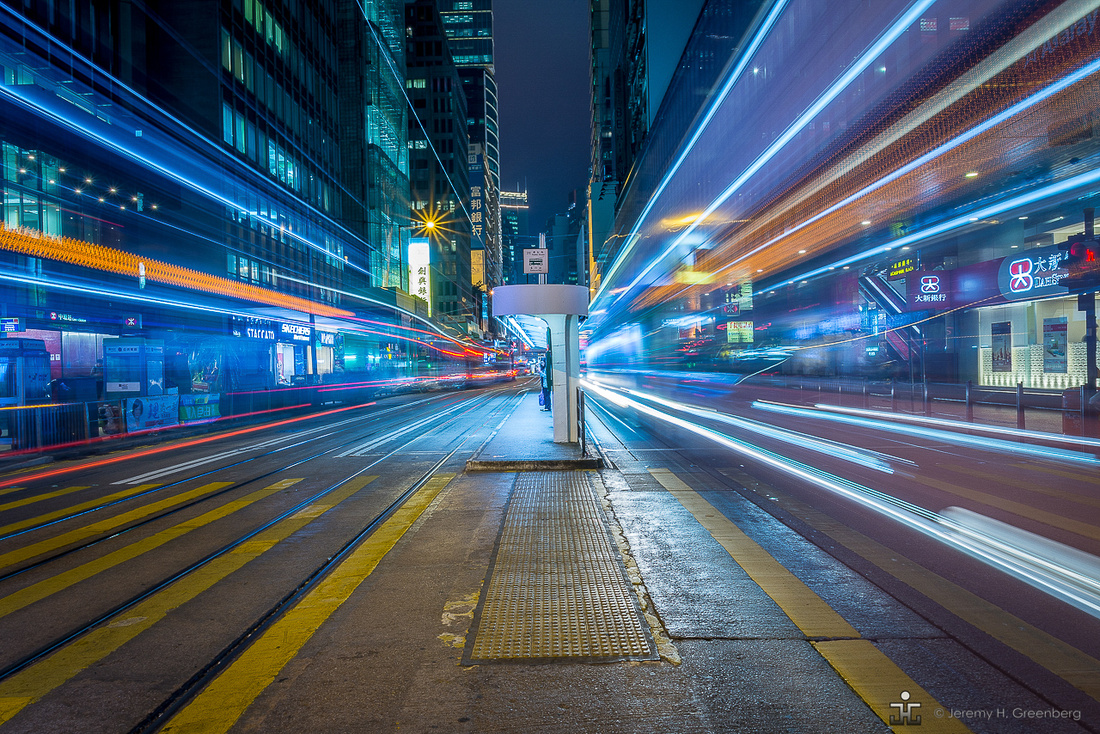

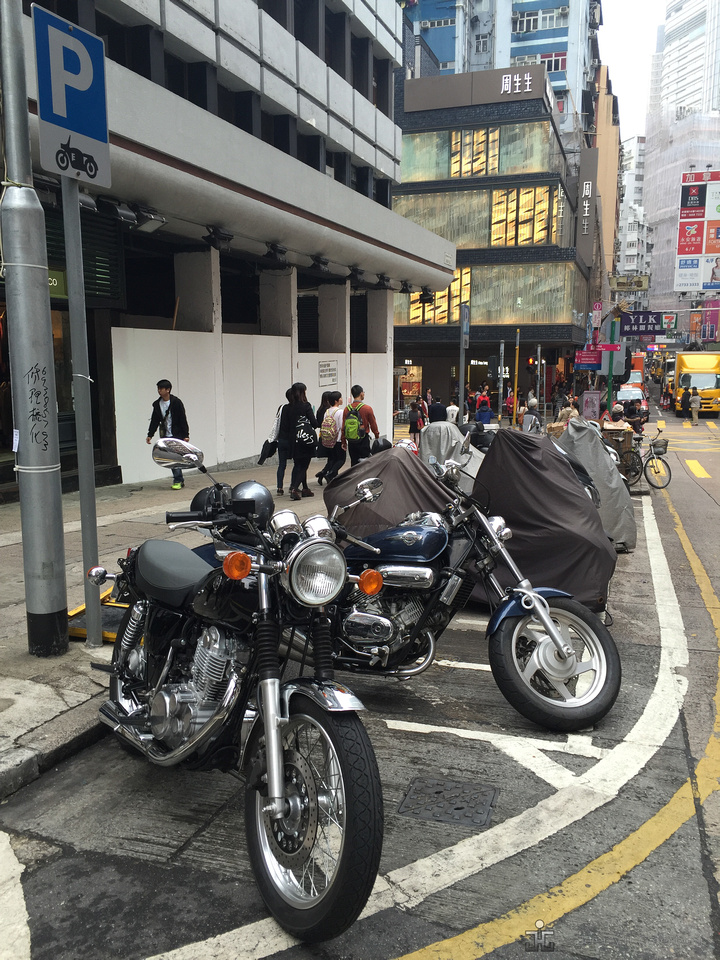



5. Chinese New Year
The Chinese Lunar New Year celebrations are fun and festive. Most of the city closes for one week around the end of January. Traditional foods are eaten, families and friends get together to enjoy each other’s company, and don’t forget the awesome fireworks! The holiday schedule here is quite generous at their are both Western holidays as well as local Chinese holidays that are observed by most businesses.
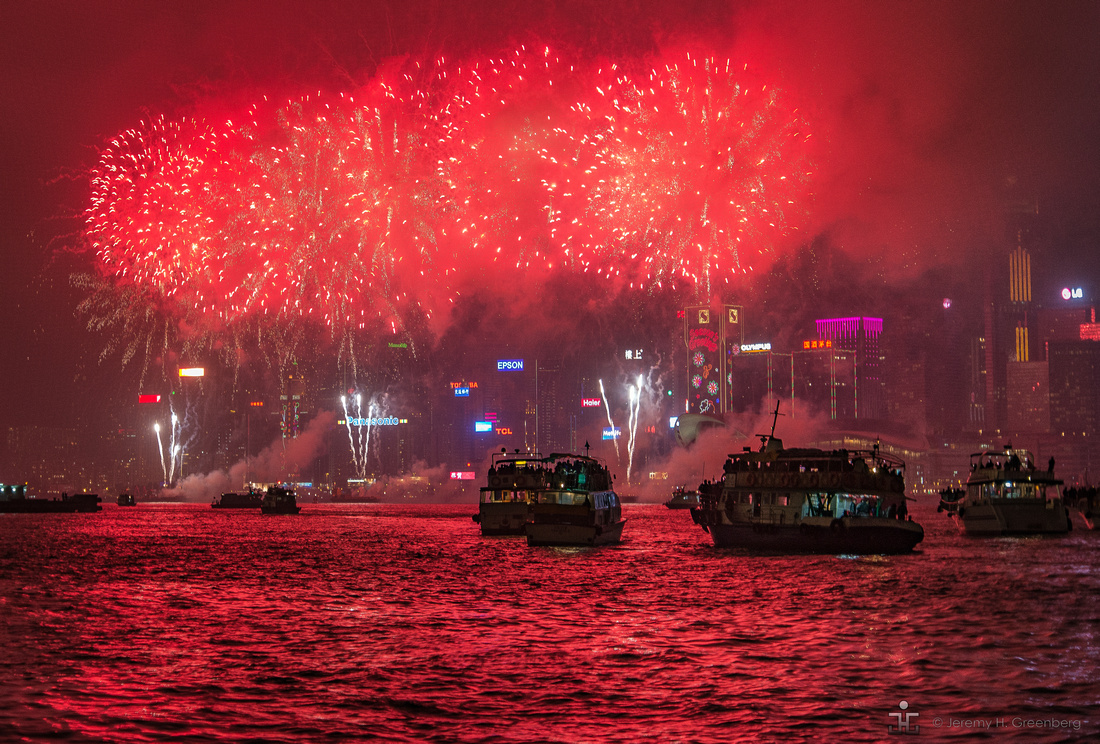



4. Macau
Macau is a close one hour fast ferry boat ride away. Also a Special Administrative Region of the People’s Republic of China, Macau has sporting events, casinos, beaches, shopping, culture, good food, and attractions. See the House of Dancing Water Show, chill poolside at the Hard Rock Hotel where you can jam on a Fender guitar in your hotel room, or grab an authentic egg tart from the Venetian. Macau is all about fun and convenience and there is tons of both and a whole lot more. I’ve gone to the Macau Grand Prix every year for the seven that I have lived in Hong Kong and it’s a really fun and fuelled up weekend every November with friends.
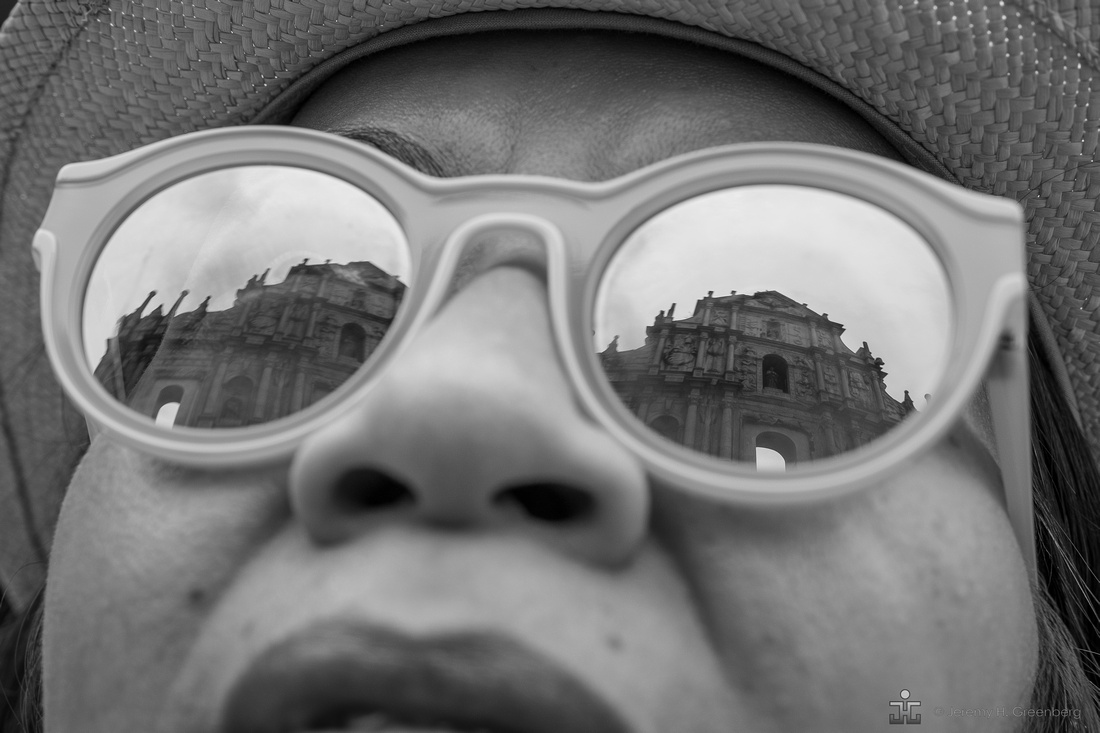

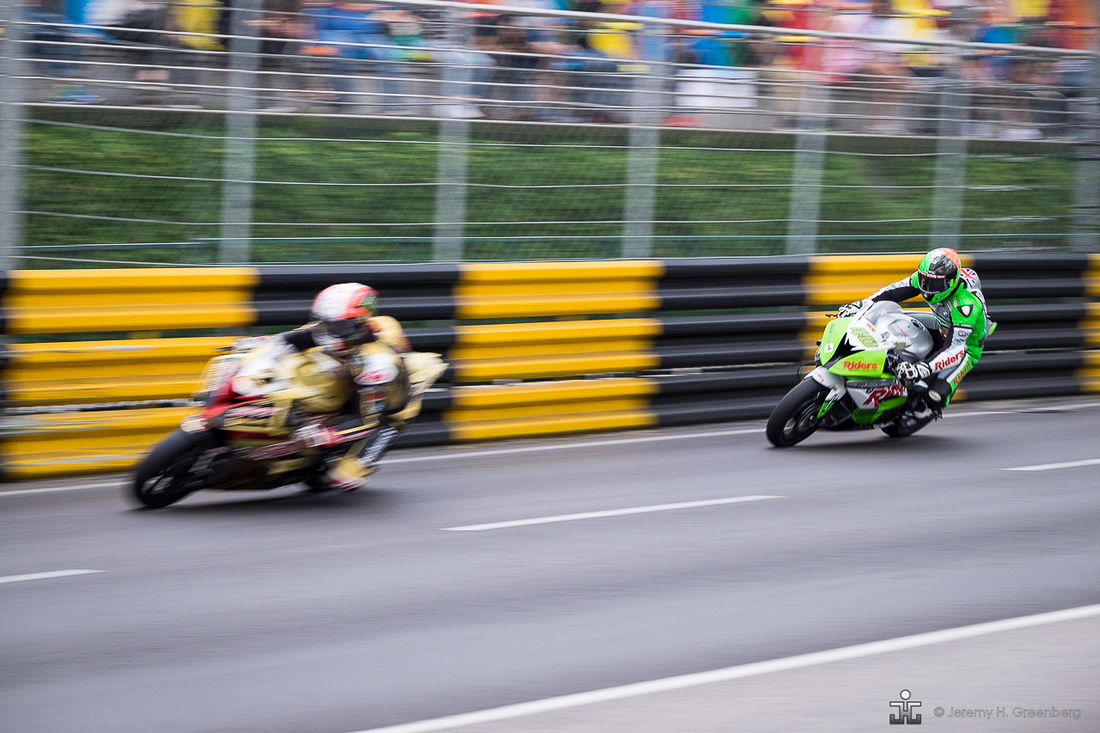

3. Lan Kwai Fong & Nightclubs
LKF (as we locals call it) has a plethora of bars and nightclubs to shake off that hectic work week. There are many watering holes within a small area and you can bounce from one to another all night long. You will always see friends in these places or maybe even bump into your boss! DJs spin tracks from around the world and there is always more ear candy around the corner.
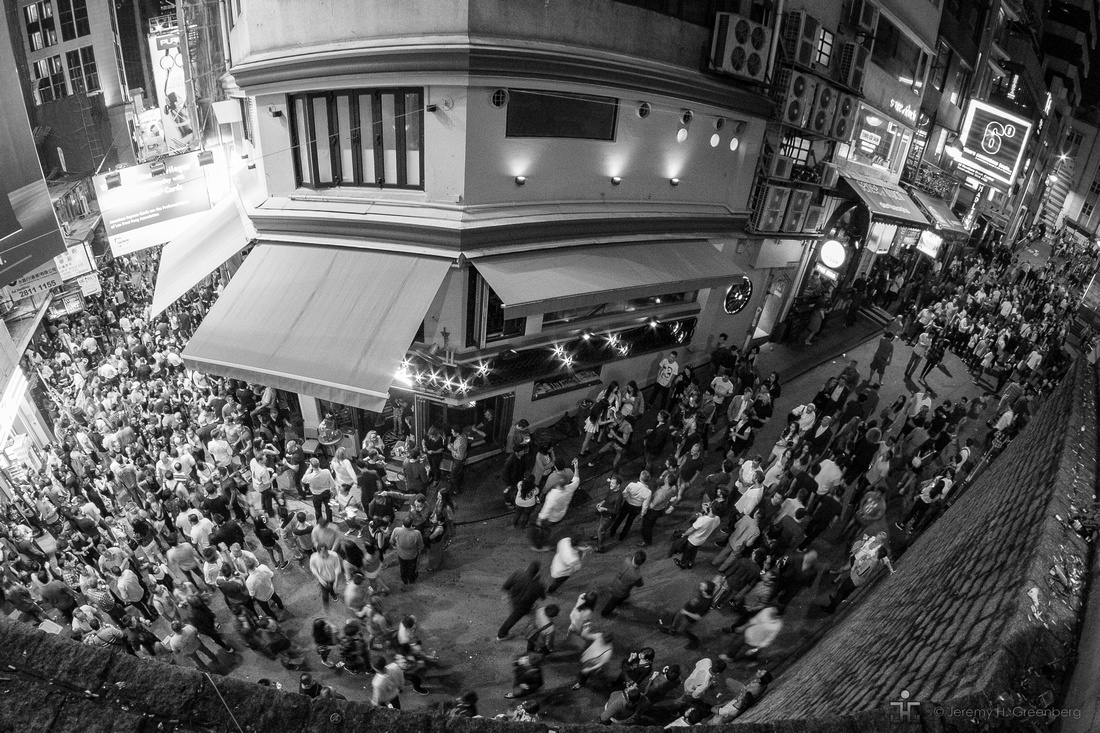



2. Everything Photography
Photography in every size, shape, and form is alive and well in Hong Kong. There are the best deals on new digital equipment, film and developing, even university courses, meet ups, galleries, workshops, and everything in between. The photography community here is international, talented and passionate. This year marked the fourth international photo festival. It’s a heaven for anyone with a camera. For food, urban, landscape, environmental portraits, and all types of genres there is an unlimited subject matter to shoot. There are many camera stores that have good deals on film cameras as well as new ones of the digital variety. Hong Kong is heaven for photographers.


1. That Skyline
I’ll just let the picture do the talking.


The light is always right.
jhg
Blog #40 Shooting For The Sport Of It
Blog #40 Shooting for the Sport of it
I shot the 63rd Macau Grand Prix event this past weekend. It was the 50th Macau Grand Prix for the Motorcycles and a grand race it was with late braking, overtaking, and the whole lot.
The weather was hot and bright overcast. Thankfully, there was no rain although some was forecasted. My press pass allowed me to basically go anywhere around the track, including the special press podiums that are elevated and positioned around the grandstand and pit areas for maximum field of view of the cars, motorcycles, riders, and pit crews.
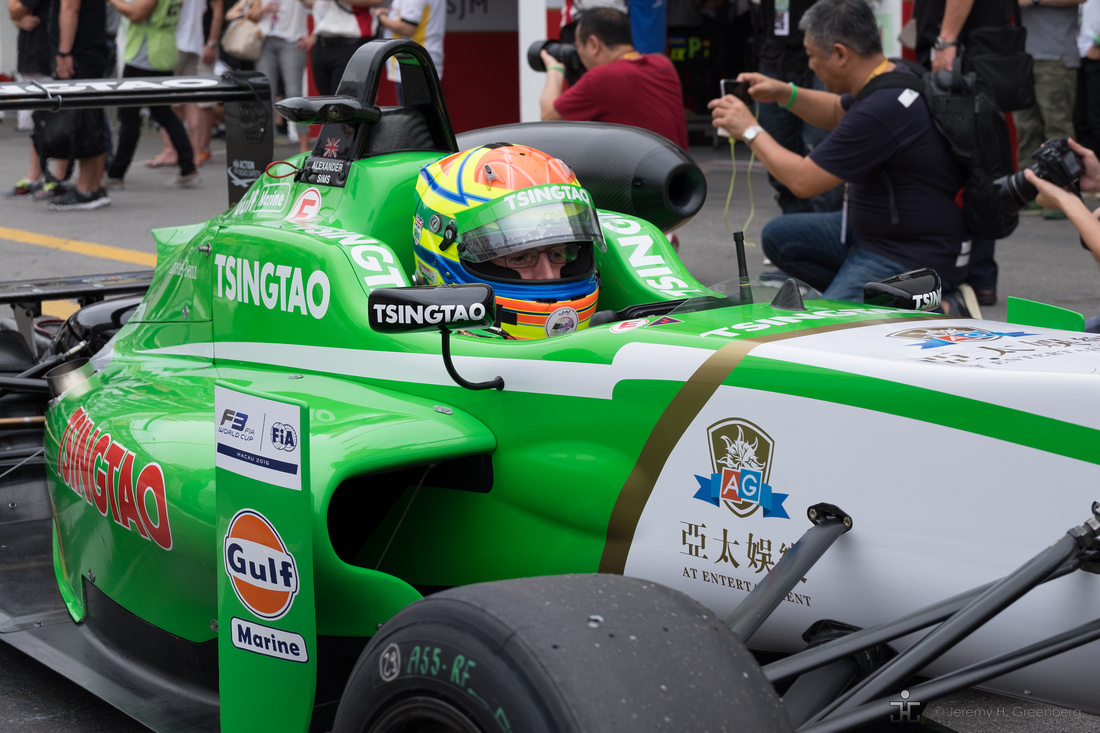
 In terms of gear, I brought three cameras, two digital and one film. The film was a small Olympus 35RD that uses a fixed 42mm f/1.7 lens. I brought one special roll of film for it, Rollei CR 200 “Chrome”. This is an amazing slide or positive film that gives good colour and a warm tone that really takes you back to another time with its true vintage tones. For a review of this and other great films, click here. My backup camera was a Nikon DLSR with 50mm f/1.8 prime lens. Although a very capable camera in its own right, thankfully, I never needed to use it.
In terms of gear, I brought three cameras, two digital and one film. The film was a small Olympus 35RD that uses a fixed 42mm f/1.7 lens. I brought one special roll of film for it, Rollei CR 200 “Chrome”. This is an amazing slide or positive film that gives good colour and a warm tone that really takes you back to another time with its true vintage tones. For a review of this and other great films, click here. My backup camera was a Nikon DLSR with 50mm f/1.8 prime lens. Although a very capable camera in its own right, thankfully, I never needed to use it.


My main camera for this and all of my commercial shooting is my trusty Fujifilm X-T1. Paired with the outstanding Fujifilm Fujinon XF 50-140mm f/2.8 R LM OIS WR both camera body and lens are weather resistant to the point of borderline submersible. I was ready for the rains that never came. The size and weight of the body and lens combination is acceptable and I never really got fatigued in spite of running around and being on my feet all day. The 50mm “low end” of the focal length (75mm full frame equivalent) was not really wide enough but it worked. The APS-C sensor in the X-T1 body gives a nice depth of field that is wider than a full frame sensor so teleconverters and more lengthy (heavier and more expensive) lenses are not entirely necessary.
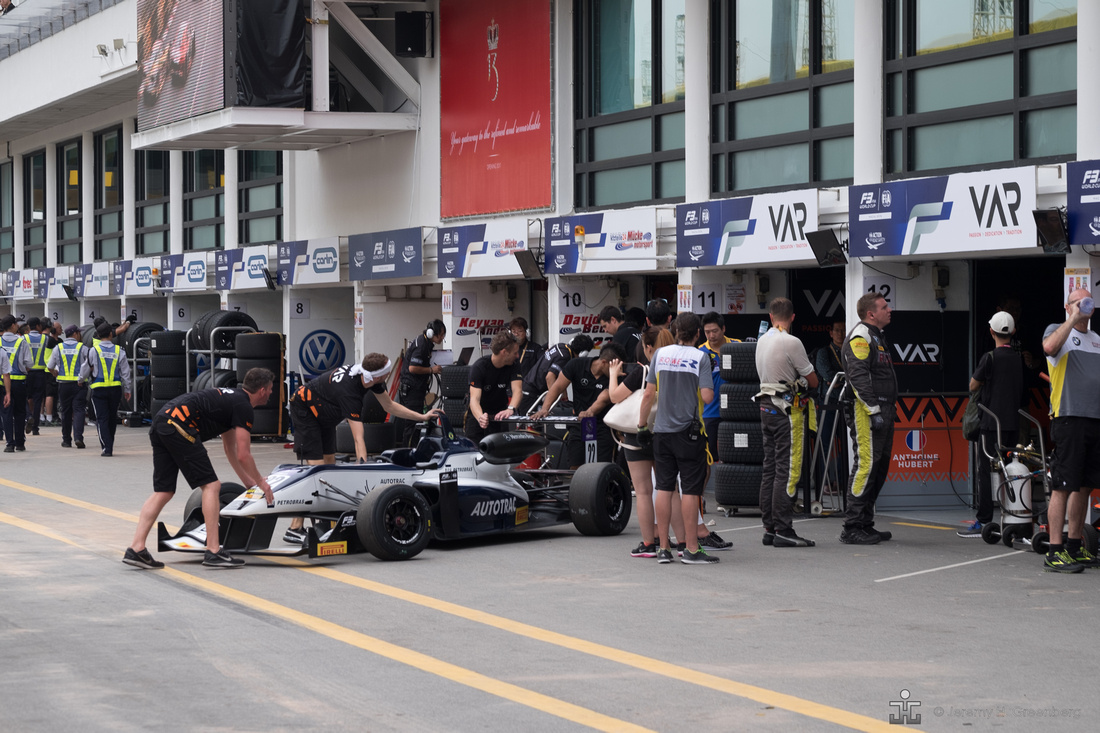
 While I would have preferred to have had a second body with wide angle lenses such as in the 16mm-55mm focal length range (24mm-83mm full frame equivalent) to be able to switch back and forth, or teleconverter in lieu of a longer focal length such as 400mm, those really didn’t hinder my shooting or prevent me from “getting the shot” at any point. I did bring the Fujinon XF 16-55mm f/2.8 R LM WR but didn’t use it at the Grand Prix. Changing lenses in the middle of shoot is tricky and I try to avoid that when outdoors. The 50-140mm proved to be enough and performed flawlessly.
While I would have preferred to have had a second body with wide angle lenses such as in the 16mm-55mm focal length range (24mm-83mm full frame equivalent) to be able to switch back and forth, or teleconverter in lieu of a longer focal length such as 400mm, those really didn’t hinder my shooting or prevent me from “getting the shot” at any point. I did bring the Fujinon XF 16-55mm f/2.8 R LM WR but didn’t use it at the Grand Prix. Changing lenses in the middle of shoot is tricky and I try to avoid that when outdoors. The 50-140mm proved to be enough and performed flawlessly.

 You get a lot of practice on your panning technique with the five separate 10+ lap races all day long. It’s hit or miss for the most part, but I am satisfied with some of the images that I was able to grab of the cars, bikes, and riders. While most of the attention was on the track during the race, The behind the scenes shots I also found interesting. These put the viewer right into the action and most people do not get to see these types of images.
You get a lot of practice on your panning technique with the five separate 10+ lap races all day long. It’s hit or miss for the most part, but I am satisfied with some of the images that I was able to grab of the cars, bikes, and riders. While most of the attention was on the track during the race, The behind the scenes shots I also found interesting. These put the viewer right into the action and most people do not get to see these types of images.
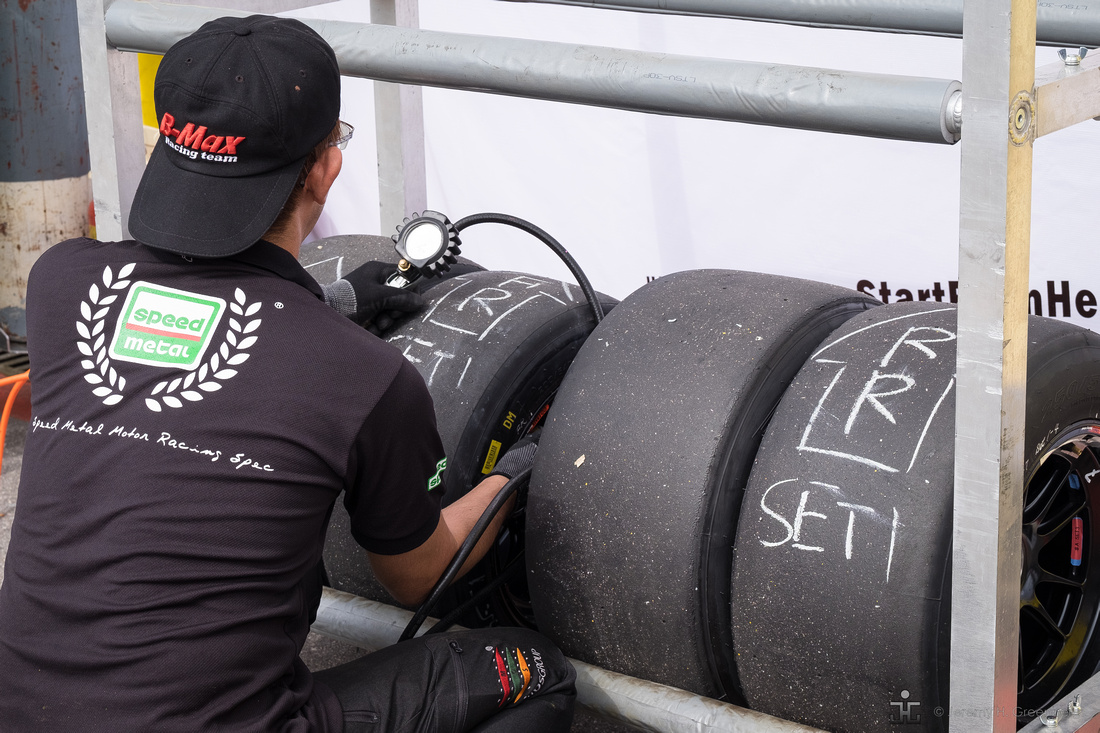
 It’s a truly exhilarating experience to be right on the edge of the track. The smells of race fuel and race rubber, the sounds of finely tuned race engines ready to pounce are around you all of the time.
It’s a truly exhilarating experience to be right on the edge of the track. The smells of race fuel and race rubber, the sounds of finely tuned race engines ready to pounce are around you all of the time.
For the published write up of the event, look here: HKFP. The images in this blog entry are more behind the scenes shots. Shooting sports can be a real challenge, but totally worth the effort.
The light is always right.
jhg
